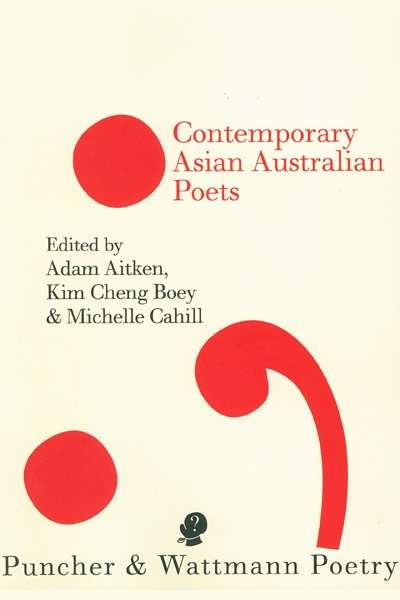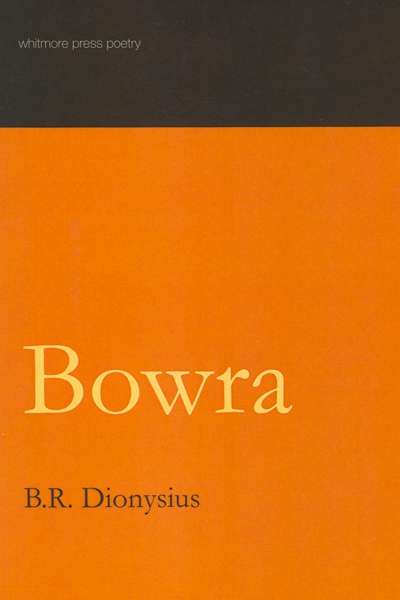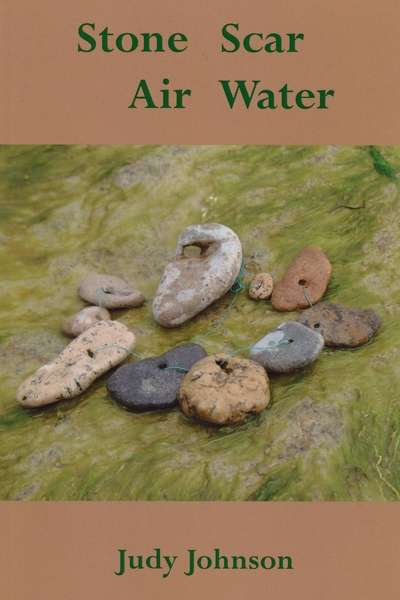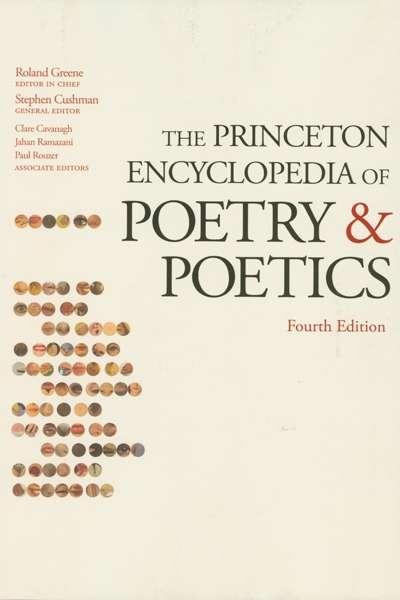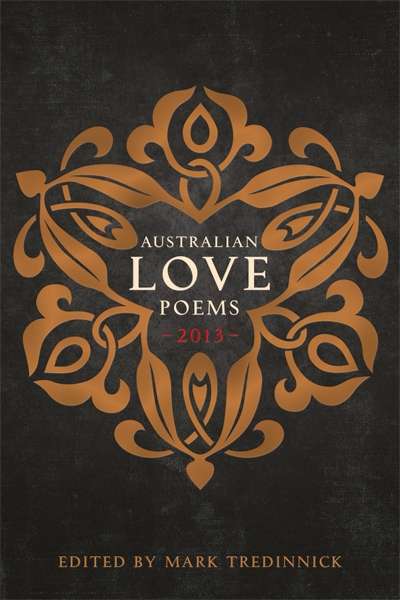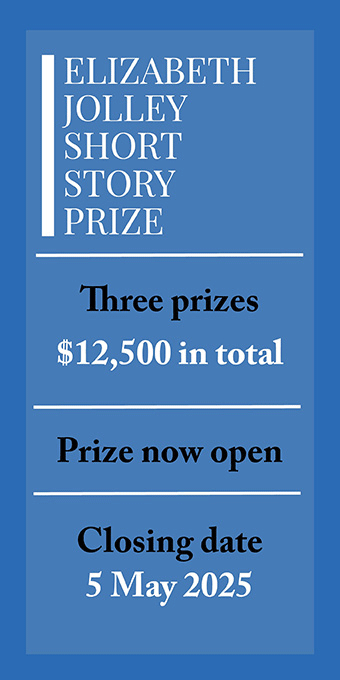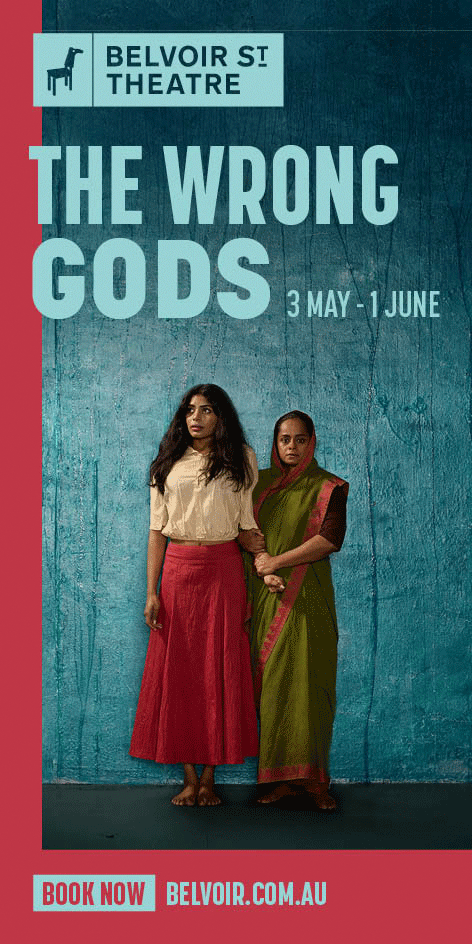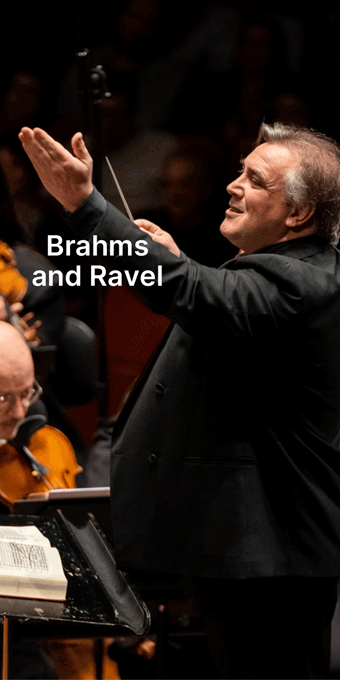Poetry
More and more I live with your paintings
or more precisely the moment
you first saw them and chose them:
the red bird sitting in
An American wannabe child star
told the workshop of his still-born
brother. How his mother had said
the lost one, endlessly cast in a silent
Contemporary Asian Australian Poets edited by Adam Aitken, Kim Cheng Boey, and Michelle Cahill
by John Kinsella •
Tarantula's Web: John Hayward, T.S. Eliot and their Circle by John Smart
by Steven Carroll •
The Princeton Encyclopedia of Poetry and Poetics, Fourth Edition edited by Roland Greene et al.
by David McCooey •



